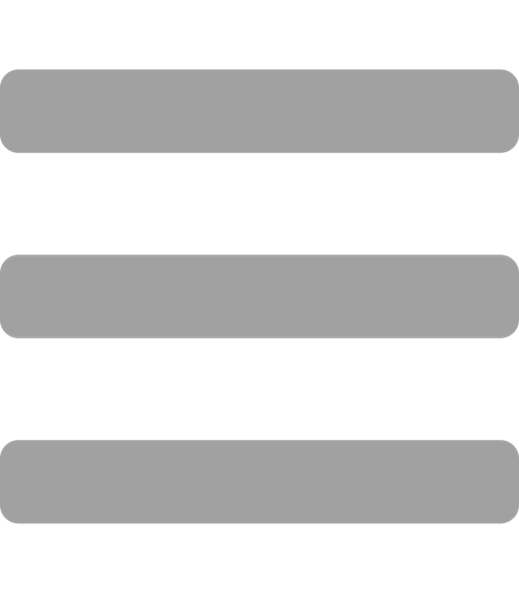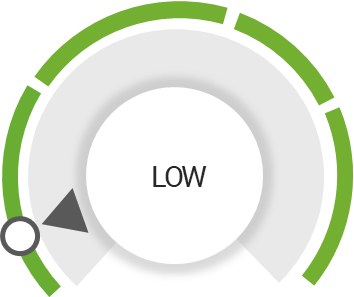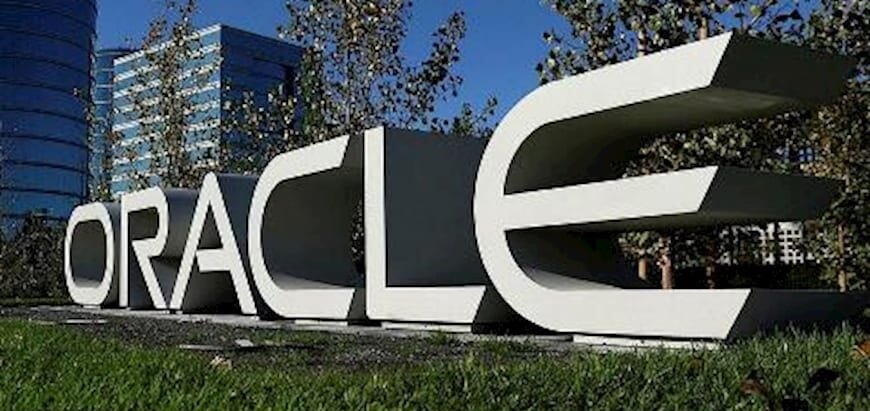Procter and Gamble Beats Earnings But There is a $400M Catch
Procter and Gamble stock jumps on strong Q1 results, but tariffs and margin pressure tell a different story. Here is what traders need to know about the consumer giant mixed signals.
 Oct 24 2025
Oct 24 2025
P&G Stock Rises on Strong Q1 Earnings
Procter & Gamble delivered a decisive earnings beat that sent shares higher, but the consumer goods giant's tariff warnings and margin compression tell a more complex story than the headline numbers suggest. For traders watching consumer discretionary stocks, this quarter reveals critical trends about pricing power, category performance, and the K-shaped economy's impact on spending patterns.
P&G reported Q1 core earnings of $1.99 per share versus expectations of $1.90, with revenue hitting $22.39 billion against forecasts of $22.18 billion. The 3% year-over-year revenue growth and 2% organic sales growth exceeding the 1.4% consensus marked the company's 40th consecutive quarter of organic growth, a rare achievement in consumer staples.
Net income jumped to $4.75 billion from $3.96 billion last year. But beneath these strong numbers lies a troubling reality: gross margin contracted 0.5% year-over-year, or 0.3% excluding foreign exchange impacts. This compression occurred despite 1.4% in operational efficiencies and 0.5% from pricing adjustments. The culprit? Rising commodity costs, tariffs, and strategic reinvestment in innovation completely offset those gains.
The math is stark 0.7% margin hit from commodities and tariffs, another 0.7% from product investments, and 0.1% from mix degradation. P&G isn't losing pricing power; it's choosing market share preservation over margin expansion.
The beauty division delivered the strongest performance with 6% organic sales growth, led by Olay, Pantene, and SK-II. Personal care and hair products saw single-digit gains driven by volume increases and innovation-led pricing, primarily in North America and Europe. However, negative impacts from product and geographic mix partially offset these gains.
Grooming products (Gillette and Venus) posted 3% organic sales growth on innovation-driven price increases and modest volume growth in developed markets. The health segment managed just 1% growth, while fabric and home care including flagship brands Tide, Ariel, and Swiffer showed zero growth.
This category divergence matters. Beauty and grooming demonstrate sustained pricing power in premium segments, while home care's stagnation signals consumer resistance to further price increases on commodity-like products. Traders should watch whether this bifurcation accelerates.
CEO Jon Moeller's comments revealed behavioral shifts that echo across consumer staples. High-income consumers are buying larger pack sizes at discount retailers and online platforms seeking "better value," while lower-income shoppers extend product usage before repurchasing. This K-shaped consumption pattern similar to trends at Coca-Cola and Unilever suggests persistent inflation pressure is fragmenting the consumer base.
For P&G, this means simultaneous execution on premium innovation for affluent buyers and value positioning for price-sensitive segments. The company's ability to serve both ends of this divide will determine whether it maintains its 40-quarter growth streak.
Tariff Impact: $400M Headwind Remains
P&G updated its fiscal 2026 outlook with an additional $100 million after-tax hit from commodity inflation and $400 million from tariffs down from the previous $800 million estimate but still substantial. Management emphasized that changes in U.S. trade policy with Canada or other nations could trigger another wave of cost pressures.
This tariff exposure creates volatility. The $400 million represents roughly 8-9 cents per share in headwind, partially offset by productivity gains. If trade tensions ease, P&G gains immediate margin relief. If they escalate, further pricing actions become necessary in an already price-sensitive market.
Management held fiscal 2026 guidance: 1-5% total sales growth, 0-4% organic growth, and earnings per share of $6.83-$7.09. Foreign exchange and transactions are expected to contribute roughly 1% to overall growth.
The unchanged guidance despite rising input costs signals confidence in pricing execution and innovation pipeline strength. P&G plans increased investment in consumer demand generation to reinforce brand loyalty and support organic growth even as margins face pressure.
Moeller's strategic framework is clear: "P&G's continued success depends on strengthening trust in our brands through innovation, consistent quality, and rapid response to changing consumer behavior. We're not just raising prices we're creating genuine value for consumers."
Procter & Gamble functions as a real-time indicator of consumer health. Its massive portfolio spans everyday essentials from cleaning products to personal care, making sales performance a direct reflection of average consumer spending capacity. When P&G posts growth, consumers are spending despite inflation or economic slowdown. Weakness signals broader consumer caution.
The company's global scale, category diversification, and crisis resilience make it a primary confidence metric for investors and economists assessing consumer sector strength worldwide. P&G trades in major consumer staples ETFs including Vanguard Consumer Staples (VDC), iShares U.S. Consumer Staples (IYK), and Fidelity MSCI Consumer Staples (FSTA).
The stock had declined roughly 9% year-to-date before this earnings release. The positive reaction suggests the market values execution consistency over near-term margin optimization.
Trading Implications
P&G quarter presents multiple angles for traders. The earnings beat and maintained guidance support near-term momentum, particularly if defensive rotation continues. The 40-quarter organic growth streak provides fundamental support for long positions.
However, margin compression and tariff uncertainty create risk. If commodity inflation accelerates or trade policy deteriorates, P&G faces a difficult choice: sacrifice margins or risk volume losses through aggressive pricing. The K-shaped consumer dynamic complicates this further by requiring simultaneous premium and value strategies.
Category performance divergence offers sector rotation opportunities. Strong beauty and grooming growth suggests adjacent plays in premium personal care may outperform, while home care stagnation indicates potential weakness in commodity cleaning products.
The most actionable insight: P&G ability to post consistent organic growth while managing significant cost headwinds demonstrates the value of brand equity in inflationary environments. Companies with weaker brands will struggle to replicate this pricing power, making P&G relative strength a useful screen for identifying winners in consumer staples.
Watch the next quarter's margin trajectory closely. If compression continues despite pricing actions, it signals a more serious demand elasticity problem than management currently acknowledges.
PG Stock Analysis
IQ Score

Unlock insights and stay ahead in the stock market game. Click Here For More PG in-depth stock analysis.
Unlock Exclusive Stock Insights!
Join StocksRunner.com for daily market updates, expert analyses, and actionable insights.
Signup now for FREE and stay ahead of the market curve!
Why Join?
Find out what 10,000+ subscribers already know.
Real-time insights for informed decisions.
Limited slots available, SignUp Now!
Please note that the article should not be considered as investment advice or marketing, and it does not take into account the personal data and requirements of any individual. It is not a substitute for the reader's own judgment, and it should not be considered as advice or recommendation for buying or selling any securities or financial products.




 Green.Day.Trader
Green.Day.Trader












